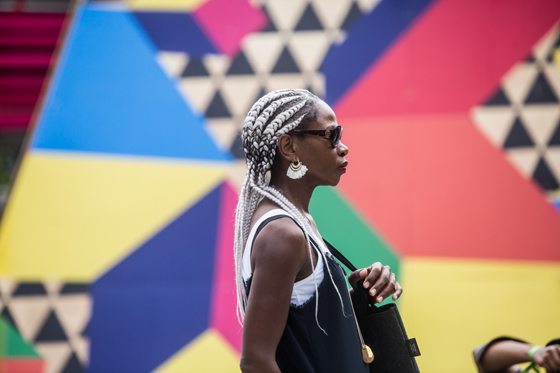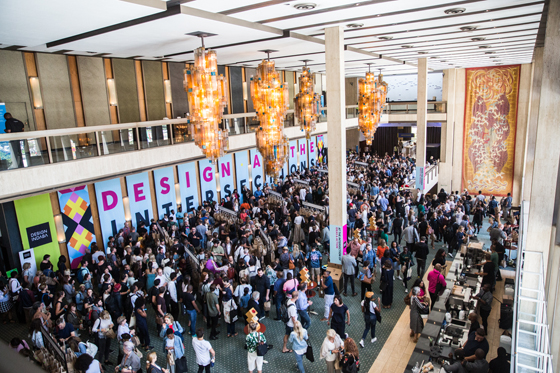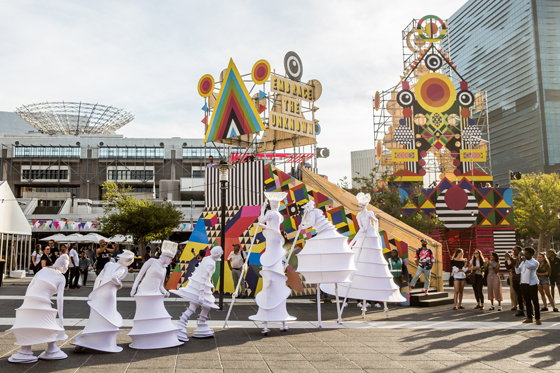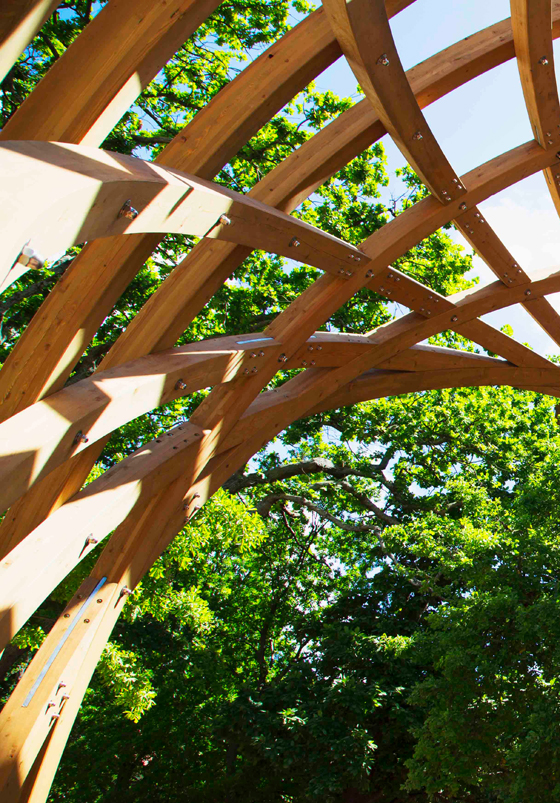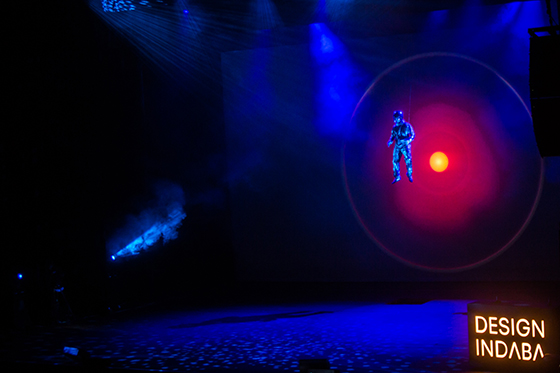Design Indaba
Text by TLmag
Brussels, Belgium
14.08.18
Design Indaba rallies for words becoming deeds in the pursuit of a better world.
The Arch for Arch, structure in honour of Archbishop Desmond Tutu, Cape Town Photo: © David Southwood
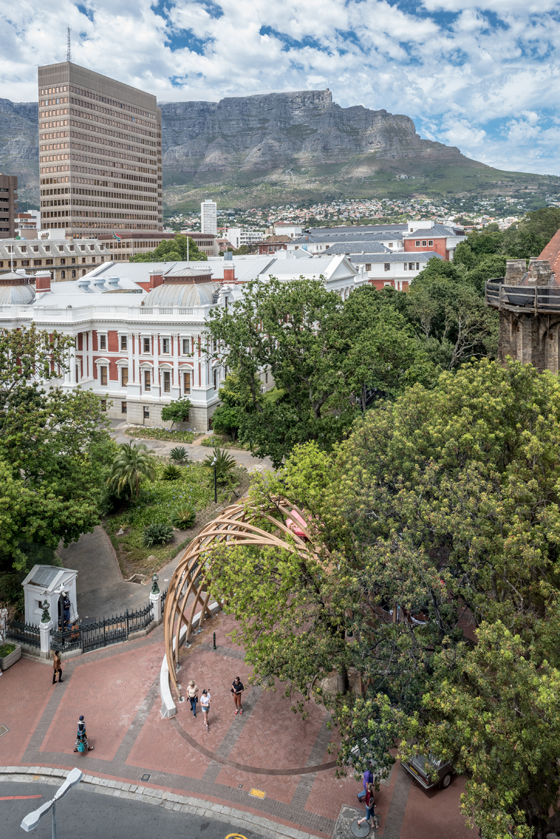
The Arch for Arch, structure in honour of Archbishop Desmond Tutu, Cape Town Photo: © David Southwood
×Design Indaba is more than the world’s biggest creative conference. Held annually in Cape Town and now in its 23rd year, it may bring together inspiring minds from around the world to talk and share, but the real magic happens when the conscious spirit of the event transforms from a think tank into a ‘do tank’. The Design Indaba motto – a better world through creativity – calls for everyone involved, from the starchitect to the young graduate, to effect social change. And for founder Ravi Niadoo, action speaks loudest at home. “The Design Indaba has been at ground zero in growing the creative industries in the new democratic South Africa,” he says. “We want to be relevant to our city, and its challenges and needs. And we want our platform to be an exemplar in presenting the best of our city and country to the world. We are cultural, creative and business envoys – and feel privileged to represent the city.”
Niadoo’s company, Interactive Media, had a hand in the marketing bid for bringing the 2010 FIFA World Cup to South Africa. More recently, he was instrumental in bringing the newly opened Zeitz Museum of Contemporary Art Africa to fruition by inciting British designer Thomas Heatherwick to take on the build. And unveiled at last year’s Design Indaba was The Arch for Arch, a monument paying tribute to Archbishop Desmond Tutu. A joint project between Design Indaba, Norway’s Snøhetta and South Africa’s Local Studio, the wooden structure near St. George’s Cathedral creates a new public space for Cape Town. A similar structure now also sits on Constitution Hill in Johannesburg.
The Arch for Arch Photo: © David Southwood (top); detail Photo: courtesy of Design Indaba (above)
This year’s Design Indaba in February featured impressive keynotes from the likes of Neri Oxman, Tom Dixon and Es Devlin alongside a rich line-up of African speakers, performers and exhibitors. Egyptian fashion designer Amna Elshandaweely designs her collections in response to issues related to identity, race and personal freedoms. Her latest offering, Once On A Wall, sees her collaborate with graffiti artists in Egypt, South Africa and Sudan. “I’m interested to know what messages these artists are sending out on to the walls about their society,” she says. “I want to remind young people how powerful they are and that they should not lose hope.”
Switzerland-based Ini Archibong presented his product designs informed by his religious upbringing and passion for both Greek mythology and fantasy literature. When seeking inspiration he escapes into his dreams to imagine objects imbued with spiritual joy. The handcrafted results, including marble-topped tables, wax print sofas and blown-glass lighting, exude an ethereal quality. “I want to use my skills to benefit everyone and everything,” he says. “Always believe in the power of self and take on the mantle of being a hero.”
Johannes Torpe's presentation (top); Thabisa Mjo, Tutu 2.0 Pendant Light (above)
Design Indaba’s Most Beautiful Object in South Africa competition meanwhile asks us to consider different notions of beauty related not only to taste but also economic impact, usability and sustainability. The 2018 winner, by public vote, was the Tutu 2.0 Pendant Light by Thabisa Mjo. The emerging art director was inspired by the tiered Xibelani skirt worn by Tsonga women and its western counterpart, the classic ballerina tutu, to come up with her impressive wool and bead encrusted chandelier. "My primary target market is always those whose cultures are represented in my designs. It’s always so incredible when someone recognises themselves in one of my objects,” she says.
Text by: Helen Jennings


